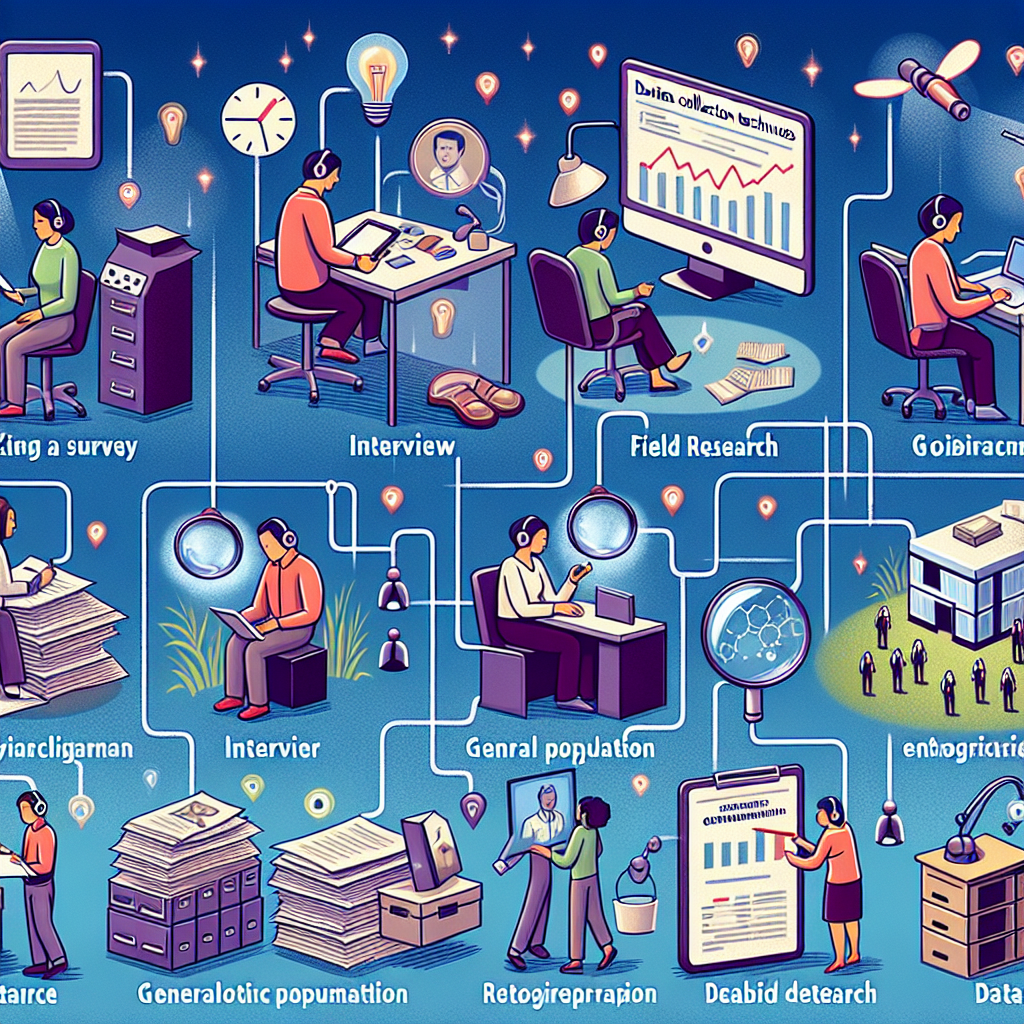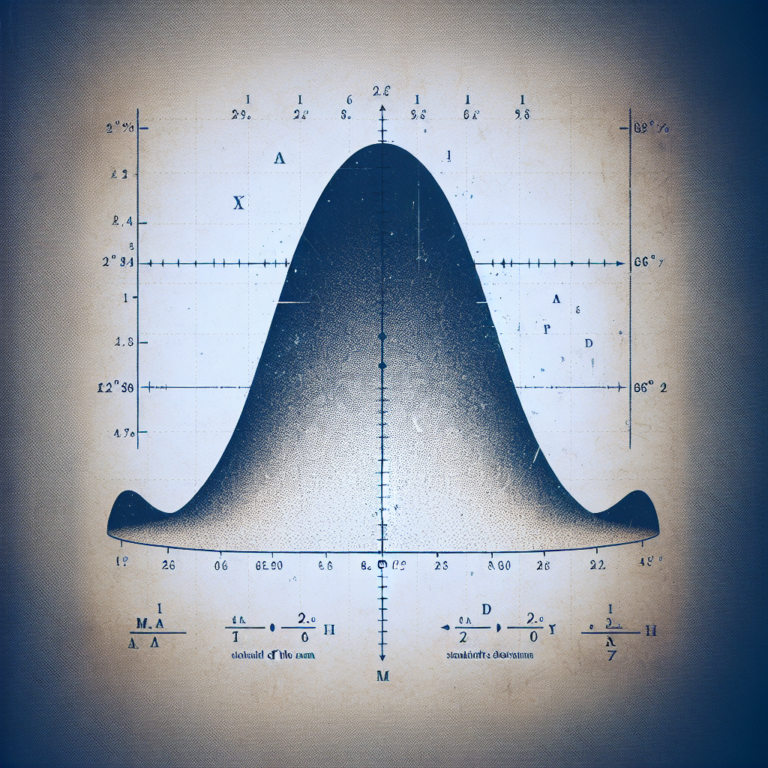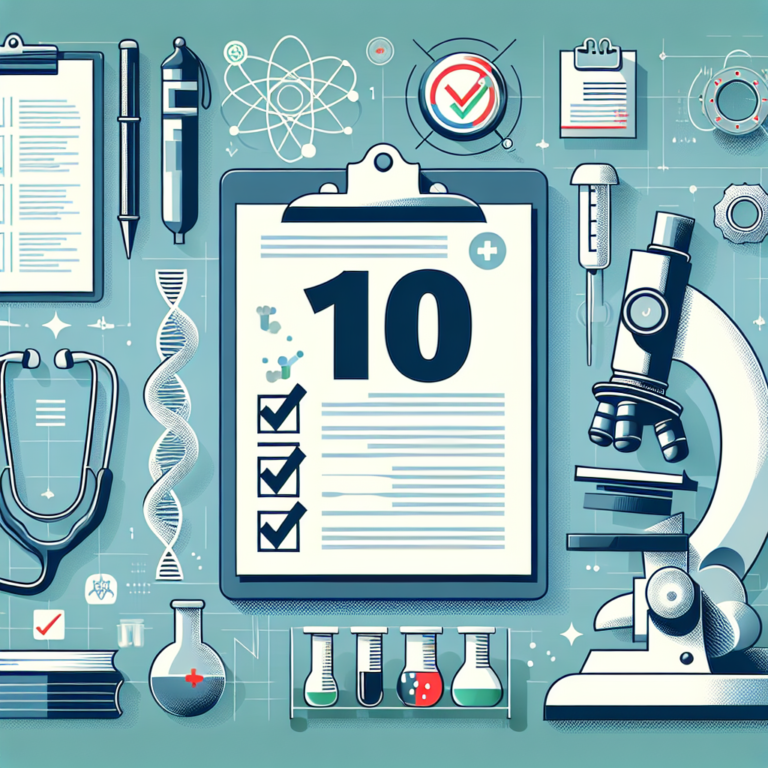Data collection is a crucial step in any research process, especially in the field of statistical analysis for medical purposes. At StatisMed, we understand the importance of using reliable and effective data collection techniques to ensure accurate results for medical doctors. In this article, we will explore the top 10 data collection techniques that researchers can employ to gather high-quality data for analysis.
Table of Contents
Surveys
Surveys are one of the most common data collection techniques used in research. They involve asking participants a series of questions to gather information about their opinions, behaviors, or experiences. Surveys can be conducted through various methods, such as online surveys, paper surveys, or face-to-face interviews.
Observations
Observations involve watching and recording participants’ behaviors in a natural setting. This technique is often used in qualitative research to gather detailed information about how people behave in real-life situations. Observations can be done through direct observation or through video recordings.
Interviews
Interviews are a qualitative data collection technique that involves having conversations with participants to gather in-depth information about their thoughts, feelings, and experiences. Interviews can be structured, semi-structured, or unstructured, depending on the research objectives.
Focus Groups
Focus groups involve bringing together a small group of participants to discuss a specific topic or issue. This technique allows researchers to gather insights and opinions from multiple participants in a group setting. Focus groups are especially useful for exploring complex topics and understanding diverse perspectives.
Experiments
Experiments are a controlled research design that allows researchers to manipulate variables and observe the effects on participants. Experiments are commonly used in quantitative research to establish cause-and-effect relationships. Researchers can conduct experiments in laboratory settings or real-world environments.
Case Studies
Case studies involve in-depth analysis of a specific case or situation to understand unique characteristics or phenomena. This data collection technique is often used in qualitative research to explore complex issues in detail. Case studies provide rich, detailed information that can contribute valuable insights to the research.
Content Analysis
Content analysis is a systematic method of analyzing textual, visual, or audio content to identify patterns, themes, and trends. This technique is commonly used in qualitative research to analyze documents, media, or other forms of communication. Content analysis can help researchers uncover hidden meanings and understand nuances in the data.
Social Media Monitoring
Social media monitoring involves tracking and analyzing conversations, trends, and sentiments on social media platforms. This data collection technique is valuable for understanding public opinions, behaviors, and reactions in real-time. Social media monitoring can provide researchers with valuable insights for their analysis.
Data Mining
Data mining is a process of discovering patterns and relationships in large datasets using machine learning algorithms and statistical techniques. This data collection technique is particularly useful for analyzing big data and uncovering hidden patterns that may not be apparent through traditional methods. Data mining can help researchers identify trends, predict outcomes, and make data-driven decisions.
Secondary Data Analysis
Secondary data analysis involves using existing datasets or sources of information to answer research questions. This data collection technique is cost-effective and time-saving, as researchers can leverage publicly available data or datasets from previous studies. Secondary data analysis can provide researchers with valuable insights and support their research findings.
By employing these top 10 data collection techniques in research, researchers can gather high-quality data to support their statistical analysis for medical purposes. At StatisMed, we are committed to providing reliable statistical analysis services for medical doctors, backed by sound data collection practices. Contact us today to learn more about our services and request a quote.
[ad_2]




